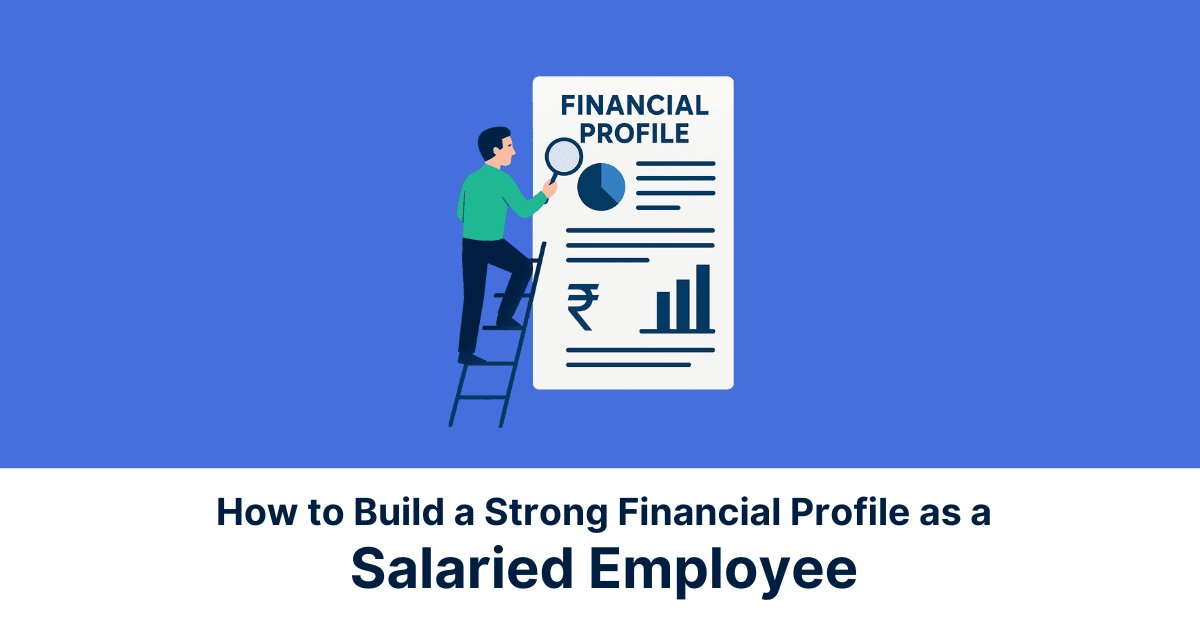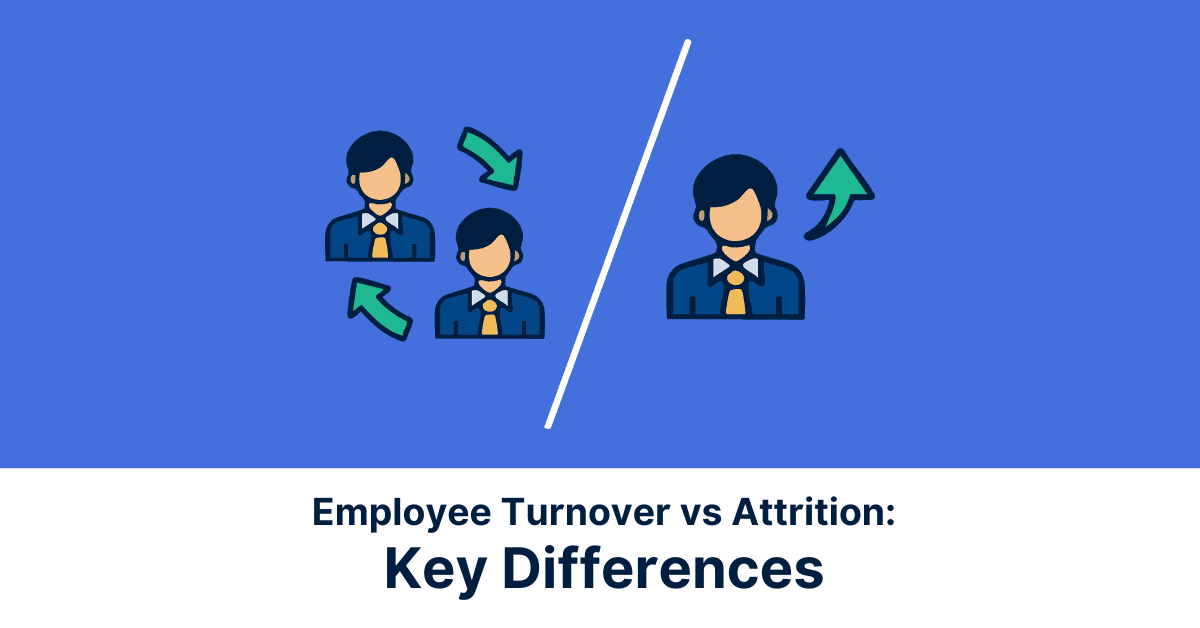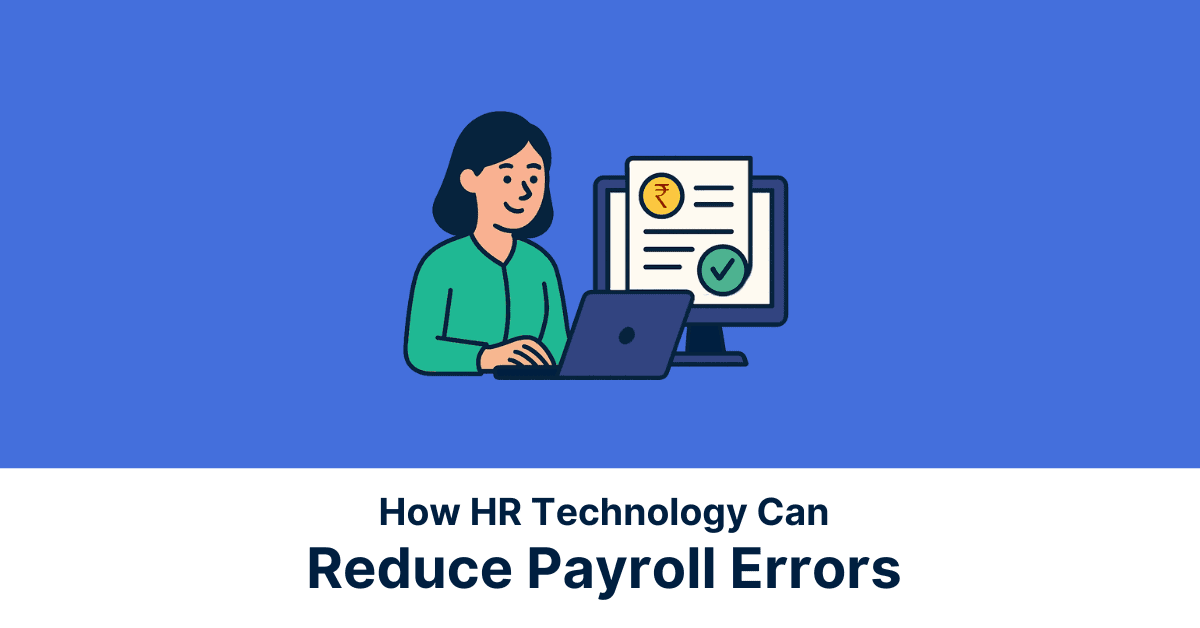A strong financial profile is more than just a healthy bank balance; it’s the foundation for stability, growth, and opportunity. For salaried employees, effective financial planning helps secure creditworthiness, prepare for life goals, and handle unexpected expenses. From tax planning to choosing the right investment options, building a solid profile ensures long-term security while opening doors to better borrowing terms and wealth creation. It’s about making today’s income work for tomorrow’s dreams.
Set Clear Financial Goals
Financial planning for salaried employees begins with defining clear goals, because without a destination, even the best map is useless. Goals act as a guide for how you save, spend, and invest, making sure your money works toward what truly matters.
Short-term goals, such as building an emergency fund, paying off a credit card, or saving for a vacation, typically span one to three years. These require safer, more liquid options like recurring deposits or high-yield savings accounts.
Long-term goals, on the other hand, cover milestones such as buying a house, funding a child’s education, or retiring comfortably. These demand disciplined investing in higher-return instruments like equity mutual funds, index funds, or retirement plans, allowing compounding to work in your favour.
When you define short-term and long-term investment objectives, you create a balanced approach to money management. You’ll know exactly how much to allocate toward immediate needs while keeping future aspirations on track. This clarity not only improves your savings habit but also helps in choosing suitable investment options for a salaried person, ultimately strengthening your overall financial profile.
Build a Practical Monthly Budget
Use a budgeting framework (e.g., 50-30-20 rule):
The 50-30-20 rule allocates 50% of your salary to needs (rent, utilities, groceries), 30% to wants (entertainment, shopping), and 20% to savings and investments. For salaried employees, this approach works well because income is predictable, making allocations easy to plan and track. It prevents overspending on non-essentials and ensures consistent contributions toward savings and debt repayment, building long-term stability. You can adapt the percentages to fit your lifestyle, but keeping a fixed structure instils discipline and clarity in your monthly finances.
Identify and cut unnecessary expenses:
Small leaks can sink a big ship, and the same applies to your salary. Begin by reviewing your last three months’ bank and credit card statements to spot recurring charges you no longer use, like unused streaming subscriptions or rarely visited gym memberships. Limit high-frequency spending, such as eating out multiple times a week, by setting a monthly cap. Consider cooking at home, choosing cost-effective alternatives, or bundling services. Every rupee saved from these non-essentials can be redirected into your investment planning or emergency fund, directly strengthening your financial profile without drastically affecting your lifestyle.
Maintain a Healthy Credit Score
A good credit score is your passport to better loan terms, lower interest rates, and higher approval chances for future borrowing. Let’s look at some ways this can be achieved.
Pay dues and EMIs on time:
Timely repayment of credit card bills and EMIs signals to lenders that you’re a responsible borrower. Payment history makes up a significant portion of your credit score, and even a single missed deadline can negatively impact it for months. Automating payments or setting reminders can help you stay consistent. This reliability boosts your creditworthiness, making it easier to secure loans for bigger life goals, whether it’s buying a home or funding your child’s education.
Avoid frequent loan applications:
Each time you apply for a loan or credit card, lenders perform a “hard inquiry” on your credit report. Too many hard inquiries in a short time signal potential financial strain, which can lower your score and raise red flags. Instead, research thoroughly before applying and choose the most suitable option. Limiting applications not only protects your credit health but also keeps you in a stronger position when negotiating loan terms in the future.
Understand and Control Your Debt-to-Income Ratio (DTI)
How to calculate your DTI ratio
Calculating your Debt-to-Income (DTI) ratio is simple and gives you clear insight into your financial health. Here’s a step-by-step guide:
Step 1: List All Your Monthly Debt Obligations
This includes:
- Credit card EMIs or minimum payments
- Personal loan EMIs
- Auto loan EMIs
- Home loan EMIs or rent (if relevant)
- Insurance premiums
- Property taxes (if paid monthly)
- Any other fixed monthly repayments
Step 2: Add Them Up
For example, suppose your monthly debts are:
- Credit card: ₹5,000
- Insurance premium: ₹5,000
- Property tax (monthly portion): ₹10,000
- Auto loan EMI: ₹5,000
Total monthly debt = ₹25,000
Step 3: Determine Your Gross Monthly Income
Let’s say your gross monthly income (before tax) is ₹1,00,000.
Step 4: Apply the DTI Formula
DTI Ratio = (Total Monthly Debt ÷ Gross Monthly Income) × 100
So in this case:
(₹25,000 ÷ ₹1,00,000) × 100 = 25%
A 25% DTI is considered good and reflects that you have manageable debt levels.
Tips to reduce high DTI
Debt consolidation:
Combine multiple loans or credit card balances into one loan with a lower interest rate to simplify payments and reduce monthly outflow.
Refinancing:
Switch existing loans (like home or car loans) to lenders offering better interest rates or longer tenures to lower EMI amounts.
Boost income:
Take up freelance projects, part-time work, or monetise hobbies to create an additional income stream.
Cut discretionary expenses:
Reduce non-essential spending and channel those savings toward faster debt repayment.
Build an Emergency Fund
An emergency fund is your financial safety net, protecting you from unexpected events like job loss, medical emergencies, or urgent home repairs. For salaried employees, it’s wise to set aside 3–6 months of living expenses in a separate, easily accessible account. This ensures you can cover essentials; rent, utilities, groceries, and loan EMIs without falling into debt.
To build it gradually, start small by automating a fixed portion of your salary each month into a savings account or liquid fund. Redirect windfalls like bonuses, tax refunds, or freelance income toward the fund. Avoid using this money for non-emergencies so it’s available when truly needed. Over time, you’ll gain peace of mind knowing you’re financially prepared for life’s curveballs.
Make Smart Investment Choices
Explore options beyond savings accounts:
While savings accounts offer safety and liquidity, they provide low returns. Diversify investments by considering mutual funds for market-linked growth, Public Provident Fund (PPF) for tax benefits and long-term security, National Pension System (NPS) for retirement planning, and Systematic Investment Plans (SIPs) to invest regularly in equity or debt mutual funds. Each of these options can help you beat inflation while aligning with different life goals.
Align investments with your goals:
Before choosing where to invest, match each goal with the right mix of risk and time horizon. For short-term goals (1–3 years), opt for low-risk avenues like debt funds or fixed deposits. Medium-term goals (3–5 years) can balance moderate risk with hybrid or balanced funds. Long-term goals (5+ years), such as retirement or buying a house, can handle higher risk through equity mutual funds or NPS, allowing compounding to work in your favour. This alignment ensures your portfolio is both strategic and goal-driven.
Plan Your Taxes Smartly
Tax planning isn’t just about saving money; it’s about maximising your take-home income while staying compliant with the law. Salaried employees can reduce their taxable income by leveraging government-approved deductions and exemptions.
Under Section 80C, you can claim up to ₹1.5 lakh annually through investments like PPF, ELSS mutual funds, life insurance premiums, and EPF contributions. Section 80D offers deductions for health insurance premiums; ₹25,000 for self and family, and an additional ₹25,000 for parents (₹50,000 if they’re senior citizens). If you live in rented accommodation, House Rent Allowance (HRA) exemptions can significantly lower your taxable income, provided you meet the eligibility criteria.
By strategically using these instruments and planning investments early in the financial year, you avoid last-minute rushes and ensure your savings grow while your tax burden shrinks.
Revisit Your Financial Plan Regularly
A financial plan isn’t something you create once and forget, it needs to evolve with your life. As your salary grows, your savings and investment contributions should increase proportionally. Major life changes like marriage, having children, or buying a home require revisiting your goals, budgets, and insurance coverage to ensure they match your new responsibilities.
Market conditions also play a role; shifts in interest rates, inflation, or stock performance might prompt you to rebalance your portfolio. Scheduling an annual review of your finances helps you stay aligned with your objectives, adapt to changes, and keep your financial profile strong year after year.
Conclusion
Building a strong financial profile as a salaried employee isn’t about making drastic changes overnight; it’s about cultivating consistent habits. A practical budget keeps spending in check, an emergency fund shields you from unexpected shocks, and disciplined investing grows your wealth over time. Tax planning and maintaining a healthy credit score further strengthen your financial standing.
Start small, allocate a portion of your salary to savings, track your expenses, and explore investment options that match your goals. With steady, intentional steps, you’ll not only secure today’s needs but also create a future of financial stability and freedom.
Take charge of your financial journey with Jify today. Access expert guidance that can help you optimise your financial strategy for both short-term stability and long-term growth.
*Disclaimer:
The information contained herein is not intended to be a source of advice concerning the material presented, and the information contained in this article does not constitute financial advice. The ideas presented in the article should not be used without first assessing your financial situation or without consulting a financial professional.



















